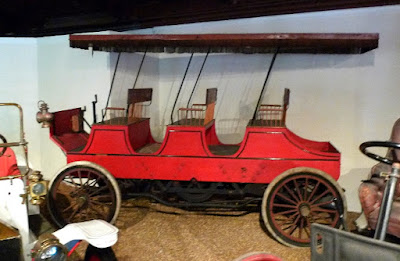Red, white and true

The blue in Cuba's flag is said to represent the island's original three provinces, the red the blood that was shed for its freedom, and the white the purity of the patriotic cause and the absolute freedom of its people. But perhaps on this day, the colours could also stand for a red-and-white (well, orangey-red-and-white) 1955 Ford Fairlane, making the turn from La Rampa to the Malecón under a blue February sky.



